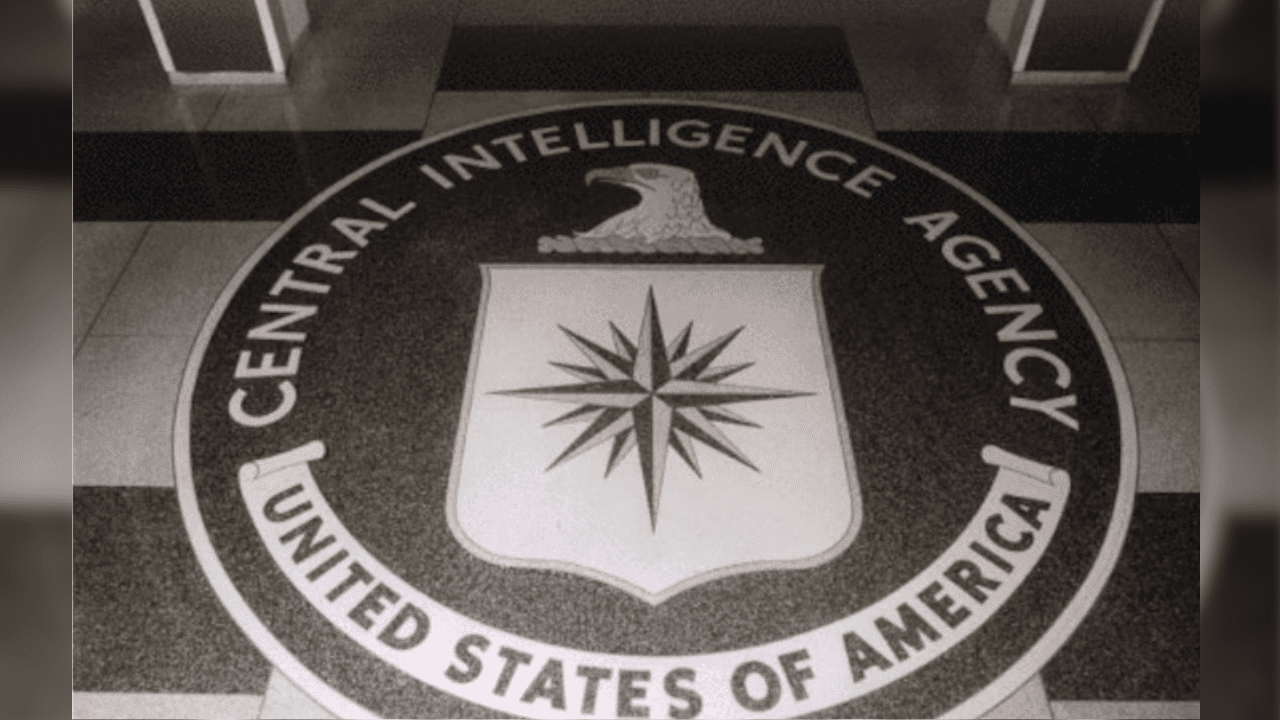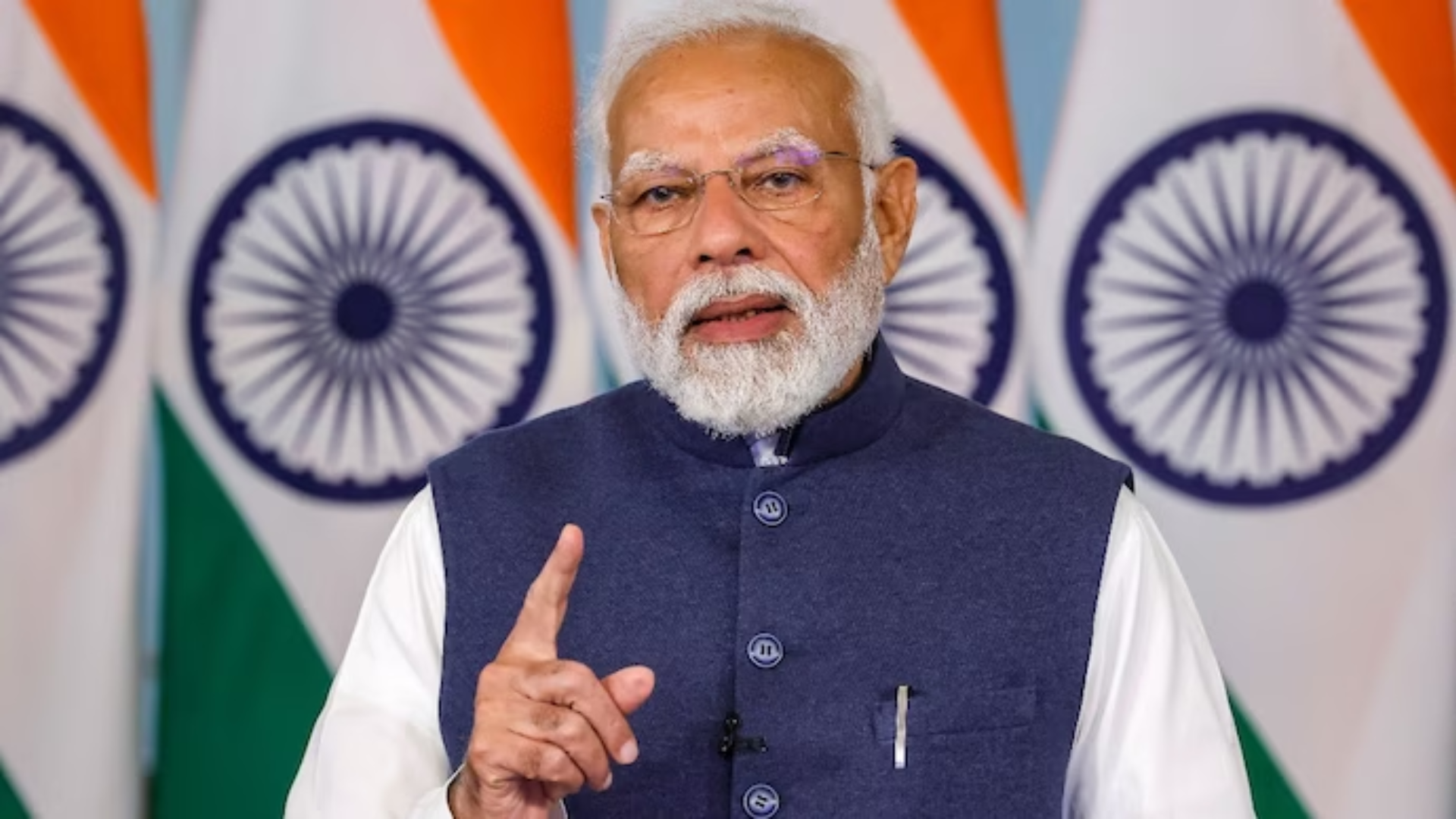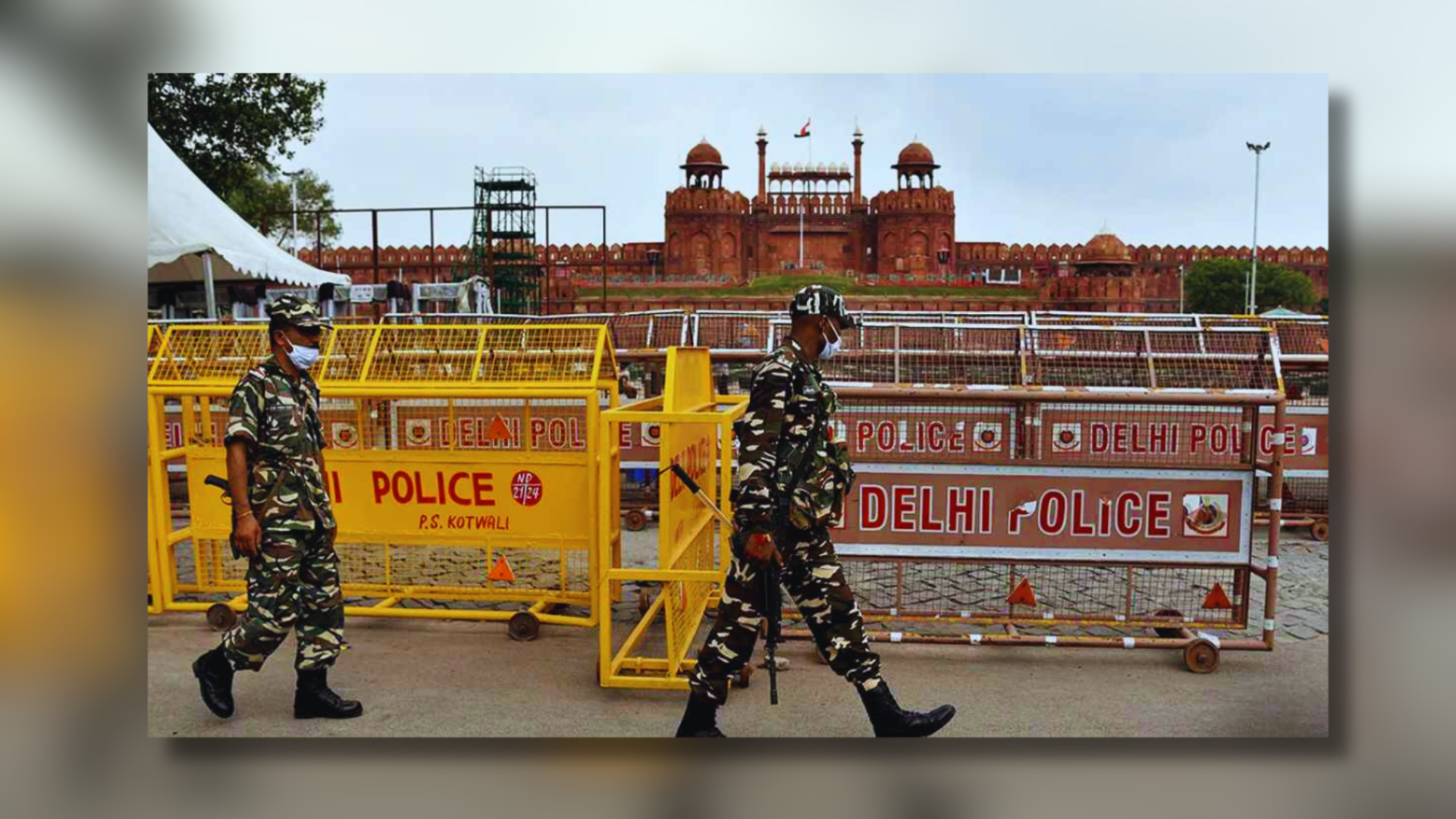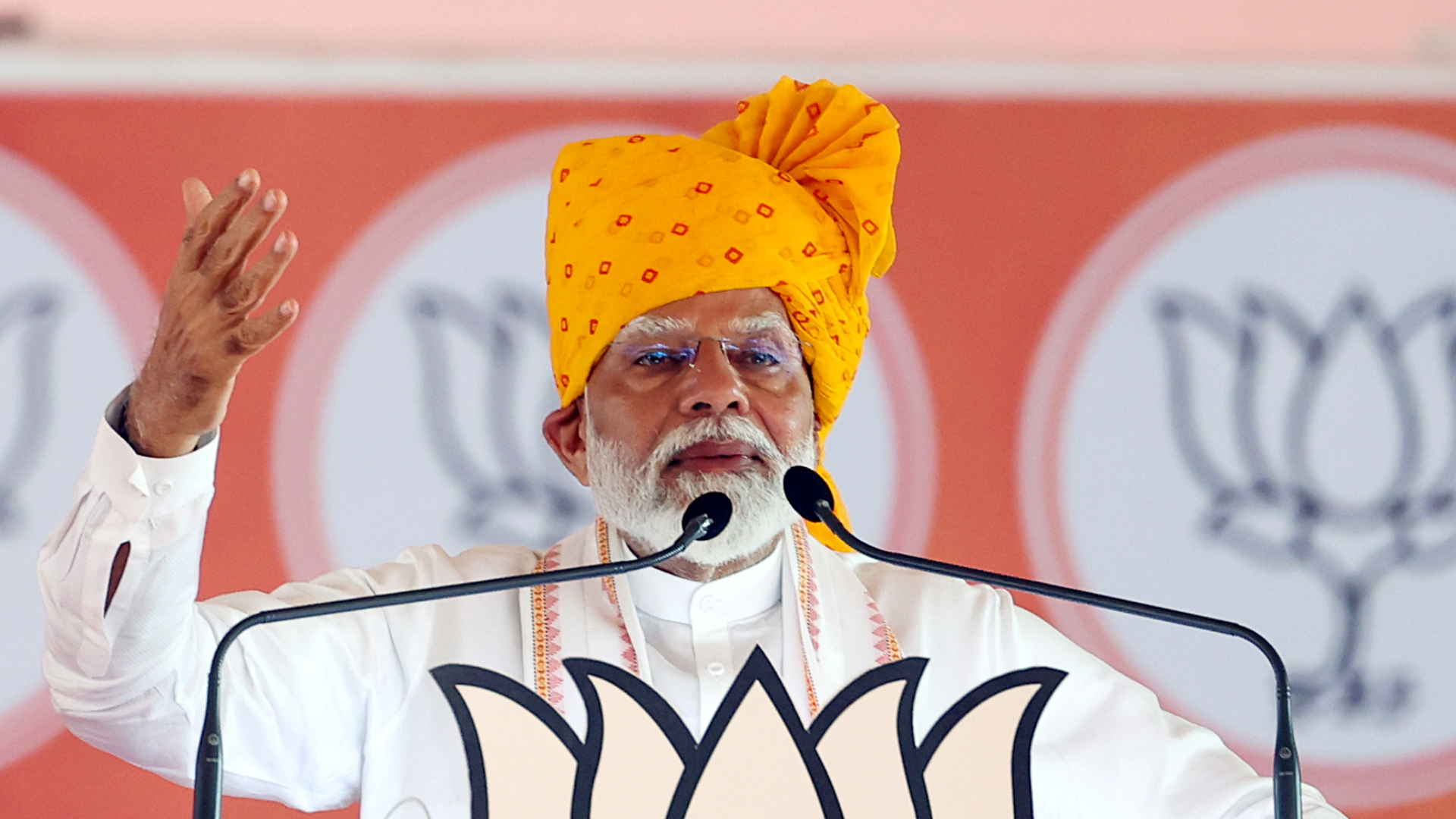










Before the recent Hamas attack on southern Israel, the US intelligence community shared two assessments with the Biden administration, warning them about the increasing risk of a conflict between Palestinians and Israelis. According to CNN, which cited sources, the reports were issued ahead of the attack and provided insights into Hamas’s plans to escalate rocket attacks across the border. One of the assessments, dated September 28, highlighted the mounting threat posed by Hamas, while a subsequent report on October 5 from the CIA broadly cautioned about the potential for violence from the group.
On October 6, a day prior to the assault, US officials received alerts from Israel signaling unusual activities by Hamas, hinting at an imminent strike. Despite the provision of this information, the US assessments did not offer specific details about the magnitude and severity of the operation that Hamas executed on October 7, resulting in the tragic deaths of over a thousand Israelis. Although these warnings were not entirely new to many officials, they raised concerns about whether both the US and Israel had adequately recognized the impending dangers.
CNN also noted that it was unclear whether any of the US assessments had been communicated to Israel, which plays a significant role in providing intelligence on the basis of which the US reports are crafted.
Reports from various Middle Eastern allies, including nations in the region, had previously alerted both US and Israeli officials about the increasingly perilous level of Palestinian anger. Despite these warnings, the subsequent attack took them by surprise. Earlier, CIA Director Bill Burns had also expressed worries about the escalating violence between the two sides.
While US officials maintained that they were closely monitoring the situation strategically, the absence of specific warnings raised questions about the effectiveness of intelligence sharing. They emphasized that a substantial portion of their intelligence concerning the region is sourced from Israel, as highlighted in the CNN report.
The failure to anticipate the scale of the attack might be attributed to a lack of imagination and Hamas’s skillful use of counterintelligence measures. Hamas effectively concealed its plans by avoiding digital communications that could be traced by Israel and by conducting in-person planning meetings. Additionally, Israel failed to recognize key indicators, including Hamas’s training exercises conducted at multiple sites near the Israeli border.
Looking back, both US and Israeli officials acknowledged underestimating the threat posed by Hamas, a complacency that had been encouraged by Israeli policies.
It is conceivable that the scale of the Hamas operation surpassed the group’s initial expectations. Despite the strategic warnings, the US and Israeli officials were unable to foresee the events of October 7, when more than 1,000 Hamas fighters entered Israel, resulting in the deaths of over a thousand Israelis.
As per a source familiar with the intelligence, most US and Israeli officials monitoring the situation had anticipated a scenario involving minor-scale violence by Hamas, possibly limited to some rocket fire intercepted by Israel’s Iron Dome.
Secretary of Defense Lloyd Austin reaffirmed the US’s commitment to informing allies in the event of an impending attack, stating, “If we had known or if we know of a pending attack against an ally, we would clearly inform that ally,” as reported by CNN.
Also Read: Switzerland only country to celebrate 75 years of friendship with India: Swiss envoy
Catch all the Latest Business News, Breaking News Events, and Latest News Updates on NewsX










